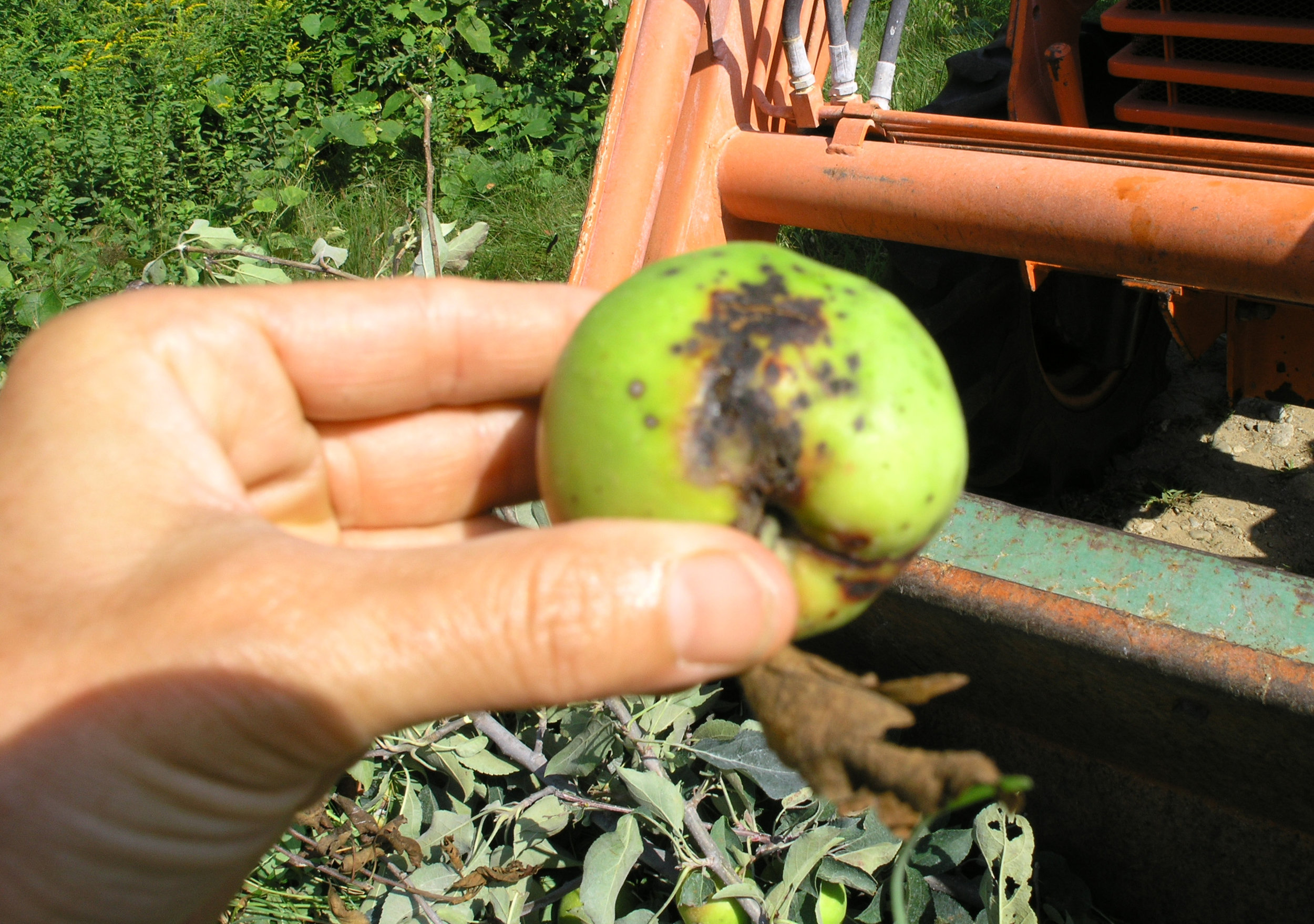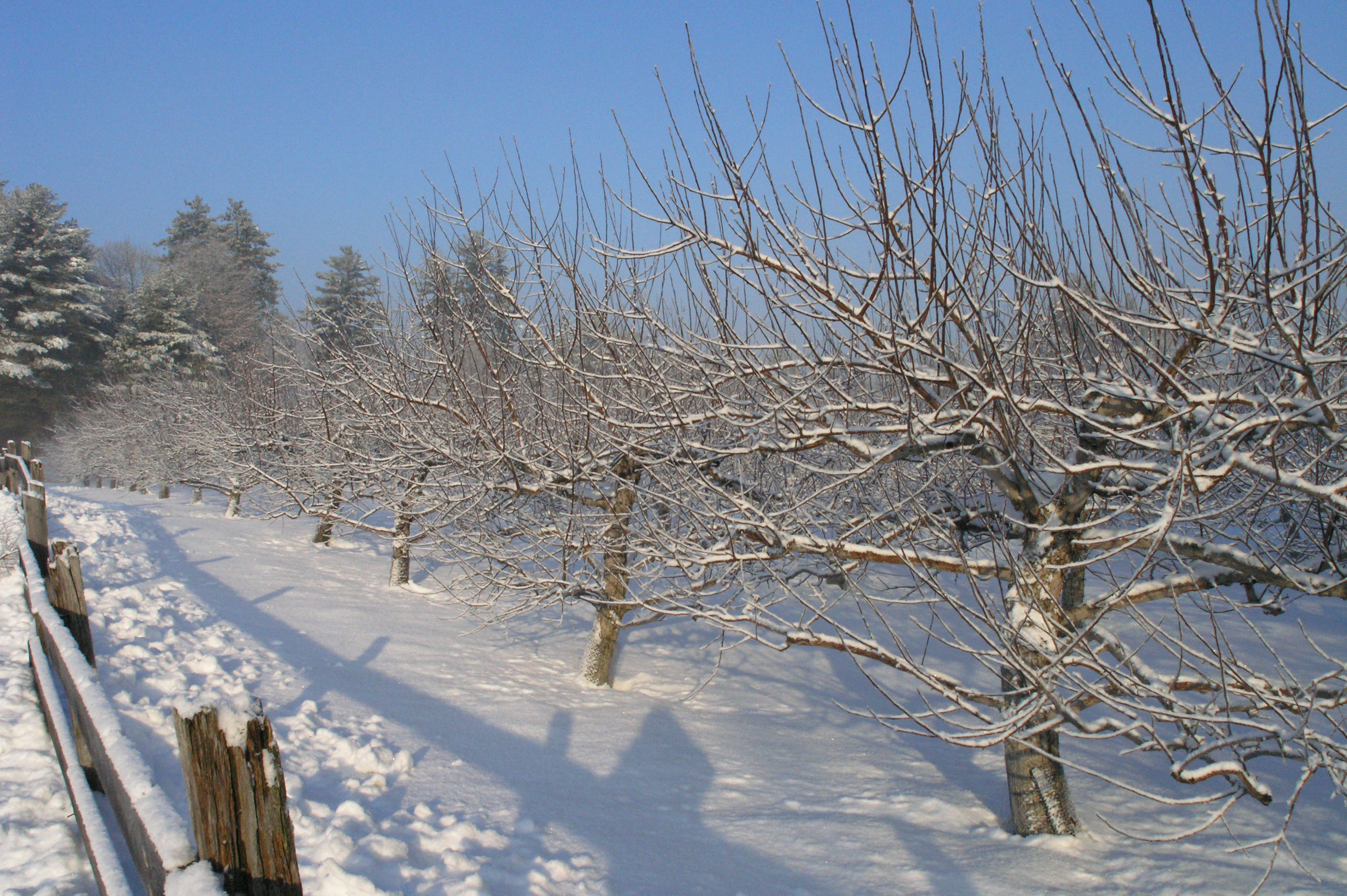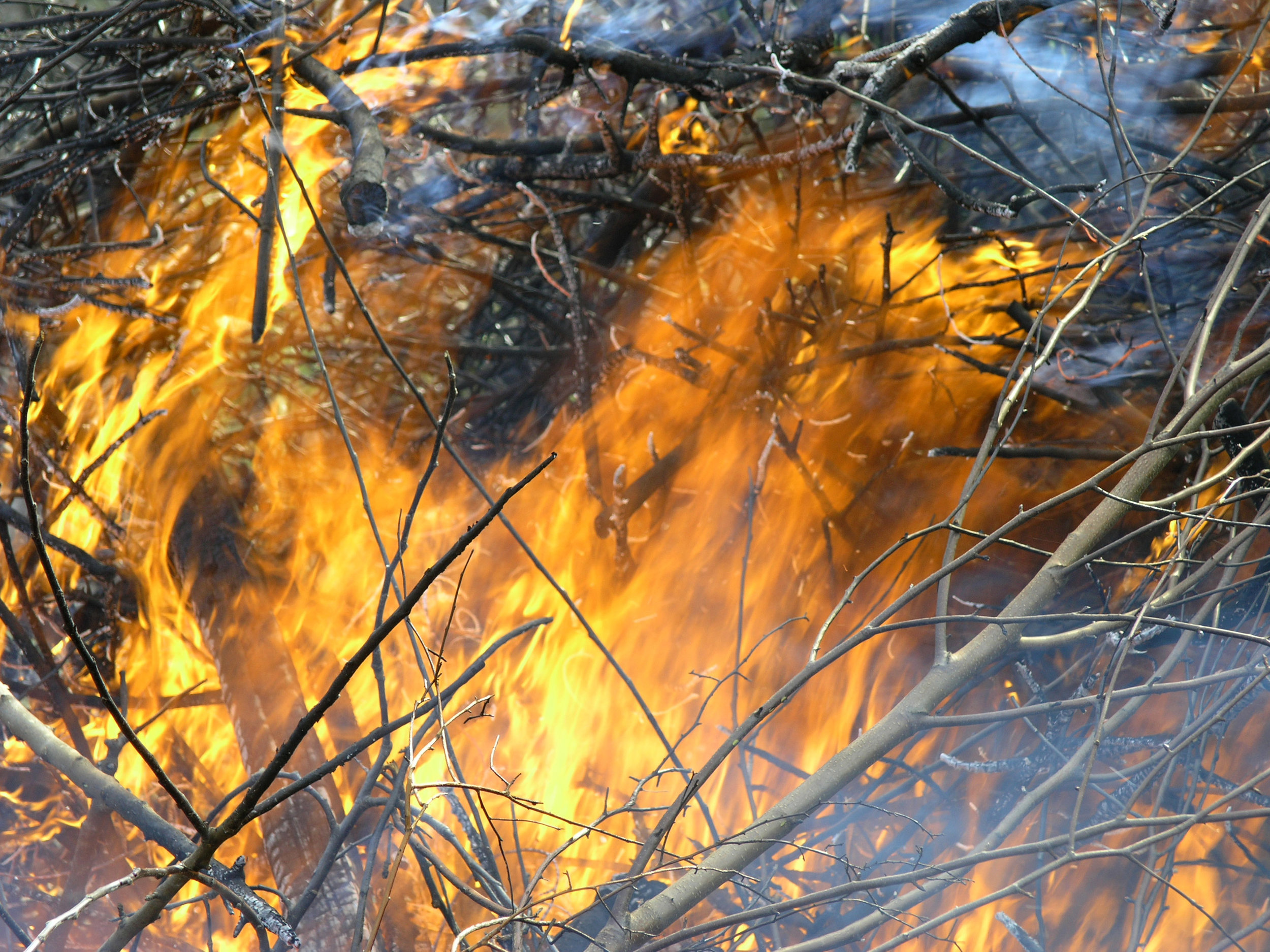Ice and cold describe my January 2018. Our dog snores in his bed near the wood stove. The wood pile lowers as we pull from it to feed the flames. I think of Galway Kinnell’s poem, Another Night in the Ruins. The flames in his poem might be our creative spirits, our deeply felt lives. The narrator of the poem remembers his brother’s warning — the day offers nothing; it is the night when the bonfire lights the entire sky. But to light the flames, we must be the flame. We must, like the rooster in the poem, let go of all of our ‘ink-spattered feathers', our failures, our half-hearted efforts, our old and accustomed habits; we must hurl ourselves into the unknown, and with single-minded effort search for the single grain, the true grain that will nourish, that will deeply warm our souls.
Another Night in the Ruins
1
In the evening
haze darkening on the hills,
purple of the eternal,
a last bird crosses over,
‘flop flop,’ adoring
only the instant.
2
Nine years ago,
in a plane that rumbled all night
above the Atlantic,
I could see, lit up
by lightning bolts jumping out of it,
a thunderhead formed like the face
of my brother, looking down
on blue,
lightning-flashed moments of the Atlantic.
3
He used to tell me,
“What good is the day?
On some hill of despair
the bonfire
you kindle can light the great sky—
though it’s true, of course, to make it burn
you have to throw yourself in ...”
4
Wind tears itself hollow
in the eaves of these ruins, ghost-flute
of snowdrifts
that build out there in the dark:
upside-down ravines
into which night sweeps
our cast wings, our ink-spattered feathers.
5
I listen.
I hear nothing. Only
the cow, the cow of such
hollowness, mooing
down the bones.
6
Is that a
rooster? He
thrashes in the snow
for a grain. Finds
it. Rips
it into
flames. Flaps. Crows.
Flames
bursting out of his brow.
7
How many nights must it take
one such as me to learn
that we aren’t, after all, made
from that bird that flies out of its ashes,
that for us
as we go up in flames, our one work
is
to open ourselves, to be
the flames?
—Galway Kinnell









